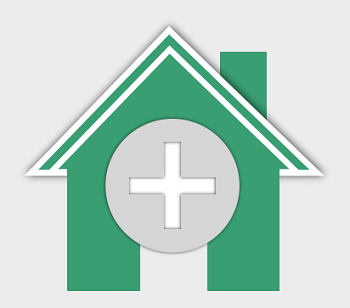Carpenter Bee
Adults are about 1/2 to 1 in (12.5-25 mm) long and robust. Because of their size, carpenter bees are often mistaken for bumble bees. When properly identified, carpenter bees can be distinguished by their shiny, black abdomen and helicopter or “hovering” flight pattern. The adult female carpenter bee will use her chewing mouthparts to bore holes into wood (about the diameter of a dime) where she will turn to the grain and create a chamber approximately 5-8 inches long in which to lay her eggs.


